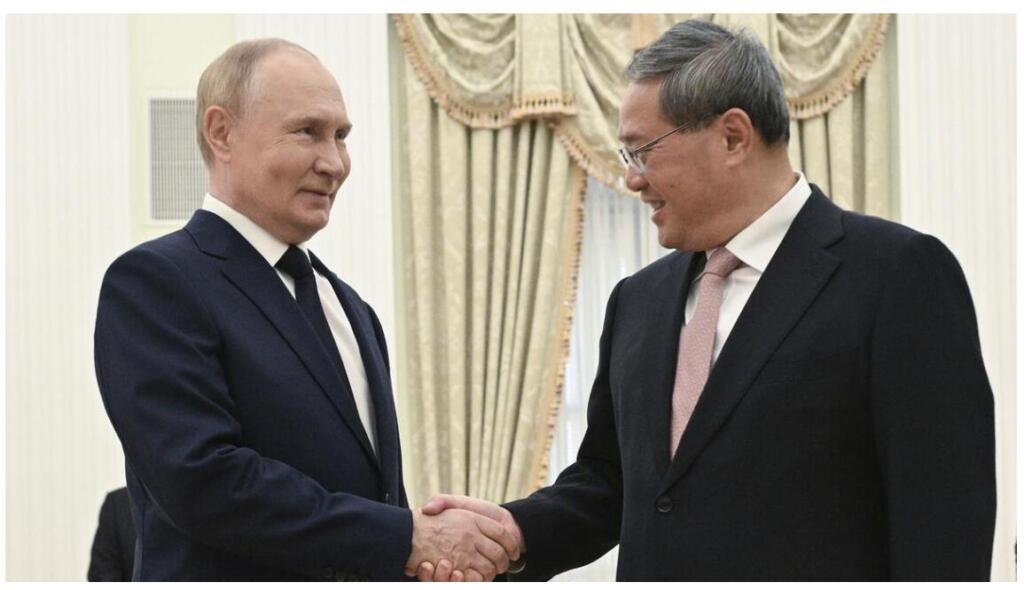The recent meeting between Russian President Vladimir Putin and Chinese Premier Li Qiang at the Kremlin on August 21, 2024, marks a significant milestone in the deepening ties between Moscow and Beijing. As both nations celebrate their growing trade relationship, the implications of this strengthened partnership reverberate far beyond their borders, potentially reshaping the geopolitical landscape, particularly in relation to India and the Indo-Pacific region.
Implications for Russia-India Relations
Historically, India has maintained a delicate balance in its relationships with both Russia and China. Russia has been a long-standing ally of India, especially in defense cooperation, while China remains India’s primary strategic competitor in Asia. The deepening of Russia-China ties, however, poses a challenge for India, potentially complicating this diplomatic balancing act.
Russia’s increasing reliance on China for economic and political support could lead to a gradual realignment in Moscow’s foreign policy priorities. While Russia has traditionally viewed its relationship with India as a counterbalance to China’s influence in Asia, the growing dependency on Beijing may push Moscow closer to China’s strategic orbit. This shift could lead to a dilution of Russia’s commitment to India, especially in areas where Indian and Chinese interests conflict.
Moreover, China’s reported support for Russia’s military capabilities, through the supply of critical technologies, might embolden Moscow to prioritize its partnership with Beijing over its traditional alliances. This scenario could weaken the Russia-India defense relationship, as India might become cautious of the potential consequences of relying on Russian technology that could be indirectly influenced by Chinese interests.
Impact on India’s Indo-Pacific Strategy
India’s Indo-Pacific strategy, which hinges on countering China’s growing influence in the region, could be further complicated by the Russia-China axis. The Indo-Pacific is a key area of strategic interest for India, and it has been actively involved in strengthening partnerships with like-minded nations, including the United States, Japan, and Australia, to ensure a free and open Indo-Pacific.
The closer alignment between Russia and China could lead to a more assertive Chinese presence in the Indo-Pacific, backed by Russian support. This could manifest in increased Chinese naval activities in the Indian Ocean, a region of vital importance to India’s maritime security. A stronger China-Russia partnership may also embolden Beijing to challenge India’s interests in the Indo-Pacific more aggressively, knowing it has Moscow’s backing.
India may respond by further deepening its partnerships within the Quad (the Quadrilateral Security Dialogue) and other regional alliances to counterbalance the Russia-China axis. However, this might come at the cost of straining its relations with Russia, a key supplier of defense equipment. Additionally, India could explore diversifying its defense procurement sources to reduce its dependency on Russian arms, thereby mitigating the risk of Chinese influence.
Conclusion
The burgeoning Russia-China partnership presents a complex challenge for India, both in its bilateral relationship with Russia and in its broader Indo-Pacific strategy. As Moscow and Beijing draw closer, India may need to recalibrate its foreign policy, strengthening ties with other global powers while carefully managing its relationship with Russia. The evolving dynamics of this strategic triangle will undoubtedly shape the future of geopolitical alignments in Asia and beyond.
